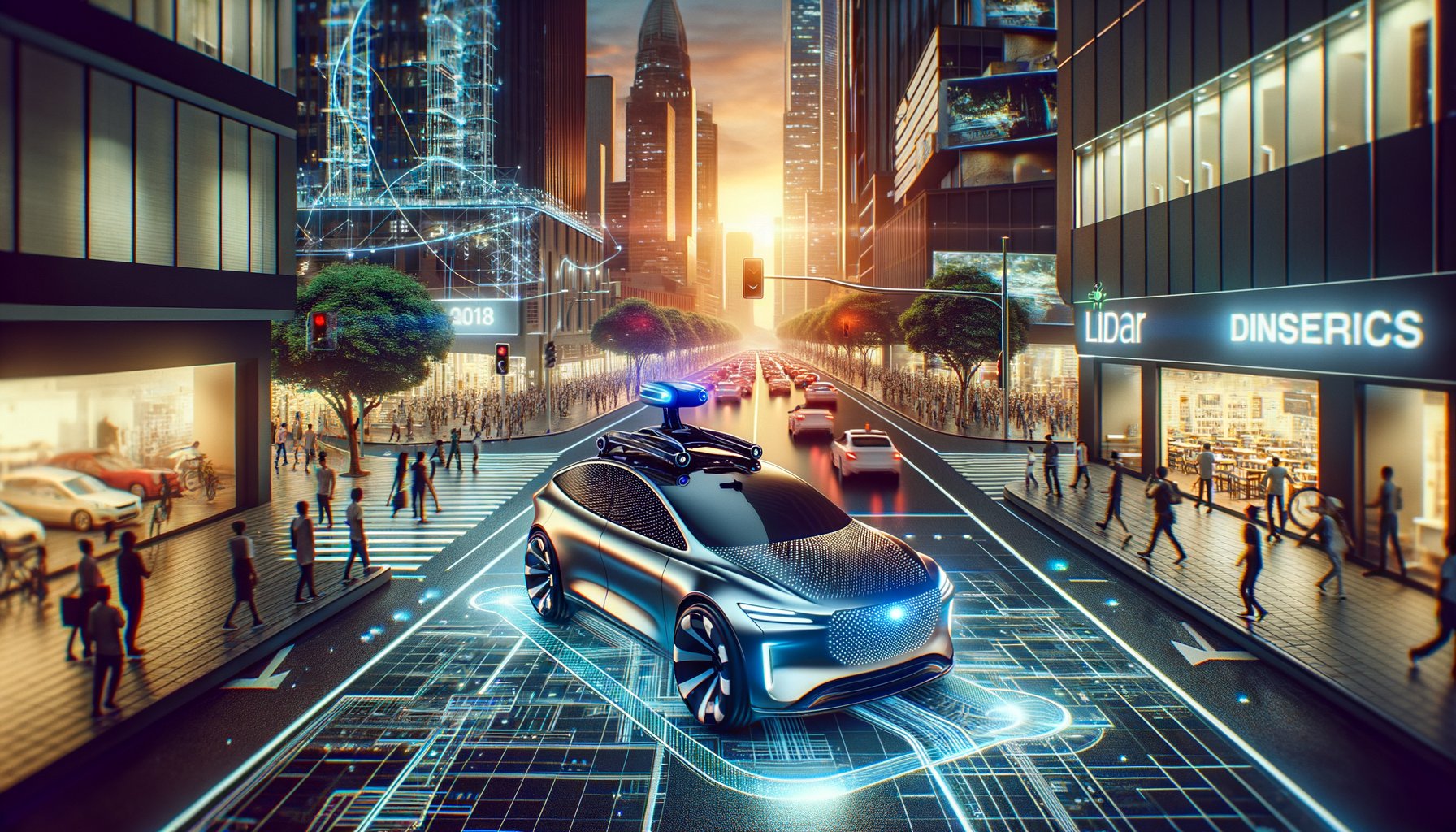Physical Address
304 North Cardinal St.
Dorchester Center, MA 02124
Physical Address
304 North Cardinal St.
Dorchester Center, MA 02124

Lidar technology, a method of measuring distances by illuminating targets with laser light and interpreting the reflected light, has become instrumental in the evolution of autonomous vehicles. However, what many may not realise is that this sophisticated technology has potential applications far beyond self-driving cars. This article delves into the multifaceted uses of Lidar technology in automobiles, demonstrating its significance in enhancing safety, efficiency, and overall driving experience.
Lidar – an acronym for Light Detection and Ranging – is a remote sensing technology that measures distance by emitting pulses of laser light towards a target and analysing the reflected signals. These signals are then converted into digital 3D representations of the environment. In essence, Lidar serves as the ‘eyes’ for autonomous vehicles, enabling them to navigate through complex terrains without human intervention.
The most well-known application of Lidar is undoubtedly within autonomous vehicles. By generating detailed 3D maps of their surroundings, these vehicles can identify obstacles, other cars on the road, pedestrians and more. This ability to ‘see’ and interpret their environment allows self-driving cars to make informed decisions about speed adjustments, lane changes or emergency stops if necessary.
For instance, Waymo’s self-driving cars employ high-resolution Lidar systems to create a continually updated map that extends up to 300 metres around the vehicle. This advanced perception enables these vehicles to anticipate situations like a pedestrian stepping onto the road or another car approaching from a blind spot.
Beyond autonomous navigation, Lidar technology also significantly contributes to enhancing safety features in conventional cars. Adaptive Cruise Control (ACC), Lane Keeping Assist (LKA), and Automatic Emergency Braking (AEB) are just a few examples of advanced driver-assistance systems (ADAS) that benefit from Lidar.
ACC, for example, uses Lidar to maintain a safe distance from the vehicle ahead by continually measuring the gap and adjusting speed accordingly. Similarly, LKA employs Lidar to identify lane markings and keep the car centred within its lane. AEB systems utilise this technology to detect potential collisions and apply brakes if the driver fails to respond in time.
Lidar technology can also contribute to improving fuel efficiency. By creating detailed maps of the road ahead, vehicles equipped with Lidar can anticipate changes in terrain and adjust engine performance accordingly. For instance, knowing about an upcoming hill might prompt the car’s system to shift into a lower gear sooner than a human driver might, thus saving fuel.
The future applications of Lidar in cars extend beyond enhancing safety and efficiency. With advancements in technology, we could soon see features like automated parking becoming commonplace. Utilising Lidar’s precise mapping capabilities, cars could potentially manoeuvre themselves into tight parking spaces without any human intervention.
In addition, as our cities become smarter, there’s potential for integrating Lidar-equipped vehicles into broader traffic management systems. These systems could use real-time data from vehicles to manage traffic flow more effectively and reduce congestion.
While autonomous driving is often seen as the pinnacle of automotive innovation, it’s crucial not to overlook other valuable applications of technologies like Lidar. From enhancing safety features to improving efficiency and paving the way for future innovations – Lidar has much more to offer than just self-driving.
The integration of technologies such as Lidar into our vehicles represents a significant step towards safer, more efficient and intelligent transportation. As we continue to explore its potential, it’s clear that Lidar will play a pivotal role in shaping the future of automotive innovation.